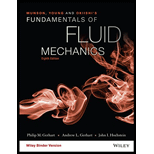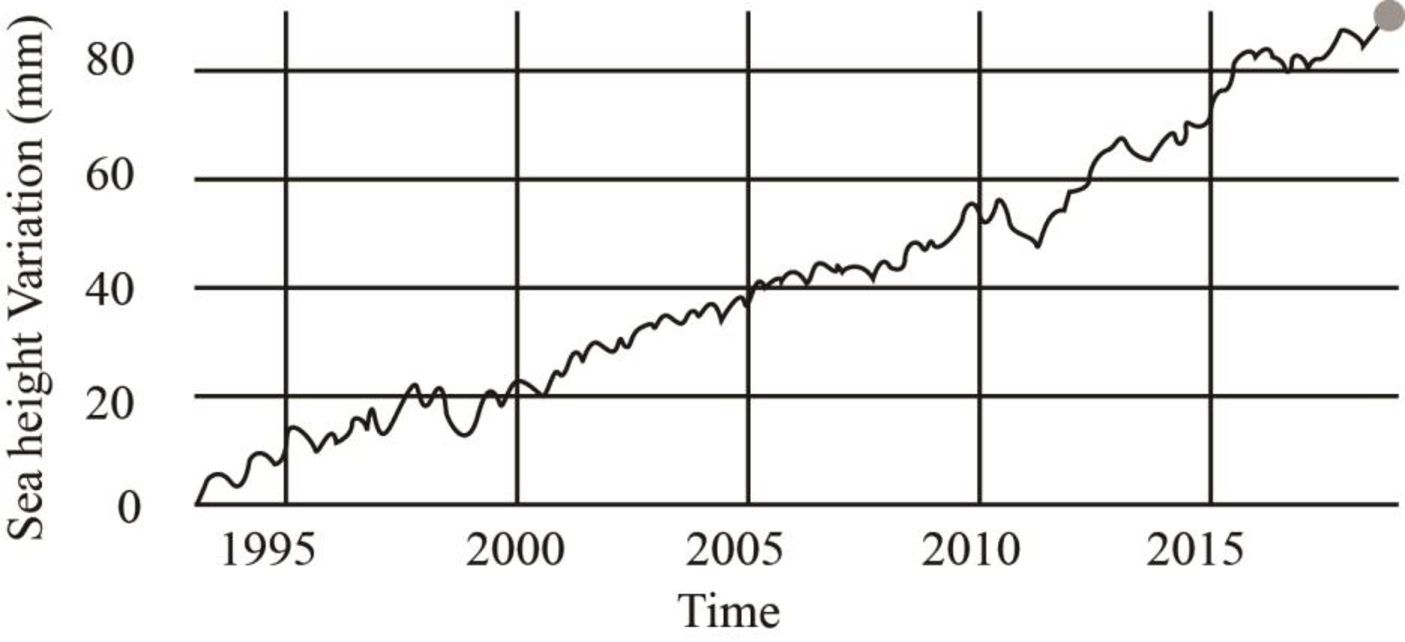
The improved methods to predict the occurrence of damaging wave and how to use coastal areas so that loss of life can be improved.
Explanation of Solution
Nowadays it has been that the level of water in the sea is increasing year by year.
The figure below shows the increase in the sea height with years.

Figure-(1)
One of the reason behind this increase is global warming, due to global warming the there is thermal expansion of sea water, melting of ice in the glaciers. Tsunami is also on of the outcome.
Methods to stop Global warming:
1) Use of renewable energies
2) Sustainable transportation
3) Sustainable infrastructure
4) Responsible consumption and recycling
Method to predict to occurrence of tsunamis or damaging waves:
1) Deep-Ocean Assessment and Reporting of Tsunamis:- Tsunamis occur due to pressure difference in reason to reason and this method use to detect slight changes in water pressure.
2) Tide gauges and buoys: Gauges are installed to measure the changes in the sea level and by measuring the level of changes prediction can be made about the Tsunamis.
3) Satellite:- It is one of the good method to predict the occurrence of tsunamis.
Want to see more full solutions like this?
Chapter 10 Solutions
Munson, Young and Okiishi's Fundamentals of Fluid Mechanics, Binder Ready Version
 Elements Of ElectromagneticsMechanical EngineeringISBN:9780190698614Author:Sadiku, Matthew N. O.Publisher:Oxford University Press
Elements Of ElectromagneticsMechanical EngineeringISBN:9780190698614Author:Sadiku, Matthew N. O.Publisher:Oxford University Press Mechanics of Materials (10th Edition)Mechanical EngineeringISBN:9780134319650Author:Russell C. HibbelerPublisher:PEARSON
Mechanics of Materials (10th Edition)Mechanical EngineeringISBN:9780134319650Author:Russell C. HibbelerPublisher:PEARSON Thermodynamics: An Engineering ApproachMechanical EngineeringISBN:9781259822674Author:Yunus A. Cengel Dr., Michael A. BolesPublisher:McGraw-Hill Education
Thermodynamics: An Engineering ApproachMechanical EngineeringISBN:9781259822674Author:Yunus A. Cengel Dr., Michael A. BolesPublisher:McGraw-Hill Education Control Systems EngineeringMechanical EngineeringISBN:9781118170519Author:Norman S. NisePublisher:WILEY
Control Systems EngineeringMechanical EngineeringISBN:9781118170519Author:Norman S. NisePublisher:WILEY Mechanics of Materials (MindTap Course List)Mechanical EngineeringISBN:9781337093347Author:Barry J. Goodno, James M. GerePublisher:Cengage Learning
Mechanics of Materials (MindTap Course List)Mechanical EngineeringISBN:9781337093347Author:Barry J. Goodno, James M. GerePublisher:Cengage Learning Engineering Mechanics: StaticsMechanical EngineeringISBN:9781118807330Author:James L. Meriam, L. G. Kraige, J. N. BoltonPublisher:WILEY
Engineering Mechanics: StaticsMechanical EngineeringISBN:9781118807330Author:James L. Meriam, L. G. Kraige, J. N. BoltonPublisher:WILEY





